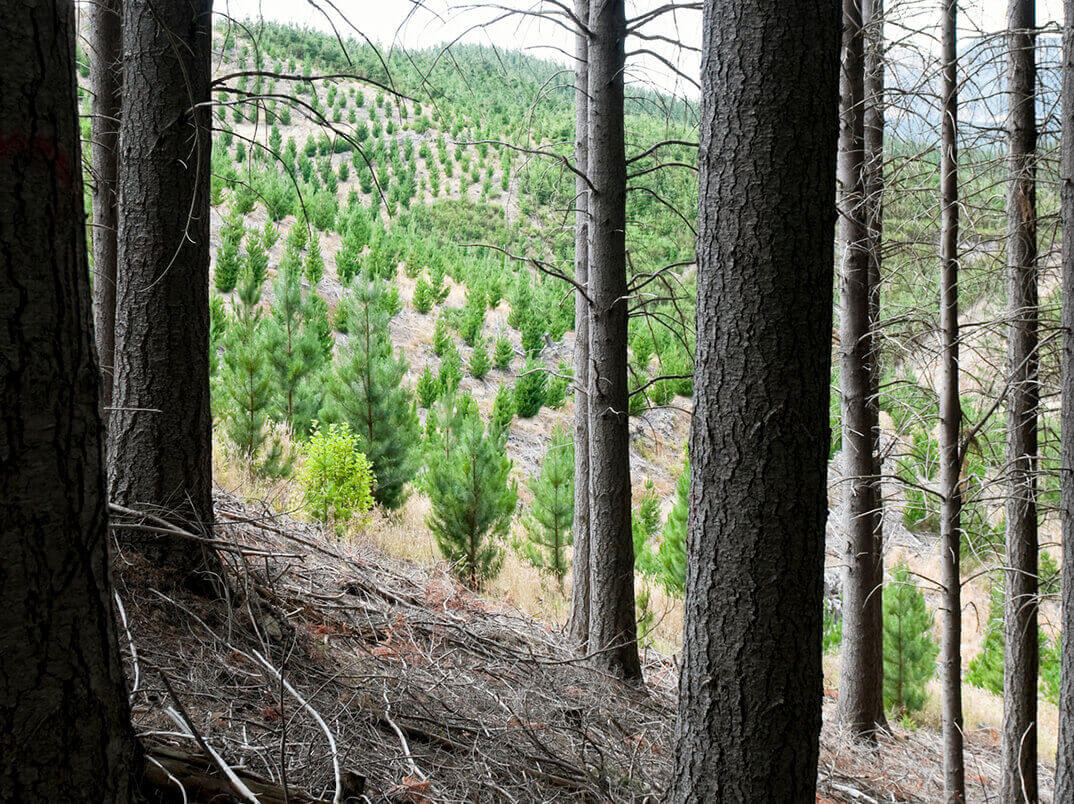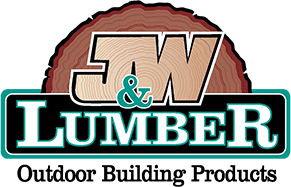
At J&W Lumber, we know that California homeowners are particularly environmentally conscious. In the state that voted overwhelmingly to ban single-use plastic bags, consumers often consider the environment when making choices on purchases from everything from cars to appliances to the materials they use in their homes. As Californians and concerned citizens, we’re doing the same at J&W Lumber.
Natural, recyclable materials are always preferred to manmade ones where the environment is concerned, but not all natural materials are sustainable. Logging, if not managed responsibly, can negatively affect the environment. Deforestation, once a standard practice in the early years of industrialization, negatively impacted ecosystems from the Amazon jungle to parts of the Pacific Northwest. Thankfully, times have changed, and there are stringent regulations around the harvesting and sale of lumber that help ensure our forests thrive and that we have the necessary materials to sustain our society.
At J&W Lumber, we’ve made a strong commitment to positively impacting the environment through sustainable lumber. Here’s how we do it – and what you need to know about sustainability:
Measuring Sustainability
In essence, lumber sustainability means harvesting at an environmentally acceptable rate. Lumber is milled only at a level that it can be replaced and replenished on a schedule that does not adversely affect the environment. Typically, this is done in plots, where the lumber is cut down and the trees are replanted. Of course, trees take a long time to grow – particularly popular lumber options like Redwood – so the turnaround time must be carefully managed.
The federal government has set forth its own definition of forest sustainability. The definition recognizes three areas in which the effects of natural resource decisions are closely linked – environment, society, and economy, referred to as “the triple bottom line.”
According to the US Forest Service, “When influences and interactions between the three spheres of the triple bottom line are properly accounted for, natural resource decisions have a better chance of achieving sustainability. To be truly sustainable, natural resource decisions should account for social, economic, and environmental considerations. Although we can think and talk about sustainability in different ways, the “triple bottom line” is being used increasingly as a shorthand way to describe an organization’s commitment to sustainability.”
The government uses these sustainability guidelines to regulate how much wood can be milled, from where, and how often trees can be cut. Most if not all of the wood used in America today comes from sources that adhere to these guidelines. But there are certain practices that take lumber sustainability even further. The Sustainable Forestry Initiative (SFI) sets its own stringent standard, which includes a chain-of-custody standard that tracks forest fiber content (certified forest content, certified sourcing, and recycled content) through production and manufacturing to the end product. Purchasing lumber that meets these standards can be quite costly but rest assured that any lumber purchased (legally) from sources within the United States has met at least a minimum standard that won’t harm the environment.
What Type of Lumber Is Sustainable?
Technically, all woods are sustainable if logged and replaced at the correct rate. But some trees take far longer to grow than others. Take Redwood, for example. Redwood lumber is plentiful, and a popular choice for an array of projects from decks to patio covers to shelving and beyond. But Redwoods can grow for more than 100 years before they reach maturity. If you’ve ever noticed an older wood structure made from Redwood, the wood is actually a deep red color. Most of the Redwood sold today, by contrast, is a lighter color. This is because the trees are milled prior to full maturity to match the sustainability rate.
Redwood is also farmed specifically for use in construction, so new trees are planted and milled accordingly, versus logging from natural forests. Other softwoods, like Cedar, are also more sustainable because they tend to grow faster than hardwoods like Oak, Maple, and Teak. Perhaps the most sustainable lumber of all is Bamboo, due to its incredibly fast growth rate. Many environmentally conscious homeowners are installing Bamboo decking, which gives the sturdiness of hardwood with far superior sustainability.
Our Commitment to the Environment
At J&W Lumber, our lumber experts take pride in our dedication to the environment and to sustainability. We only sell lumber from resources that meet the federal guidelines for sustainability, ensuring that both our company and our customers have a positive impact on the environment. And unlike many of the big box lumber stores, we recycle or use every piece of material in our possession. We use extra cuts from wood to create products like our garden boxes, and we recycle 100% of our sawdust, which is sold to landscaping companies who use it for mulch. We’ve also recently begun to install solar power for use in our mill and distribution hub, with plans for further expansion in the future. We’re proud to say we’re doing our part, and we’d like to help you do yours.
Check out the Lumber Yard Checklist for a list of what you’ll need on hand before you head out to buy lumber.
